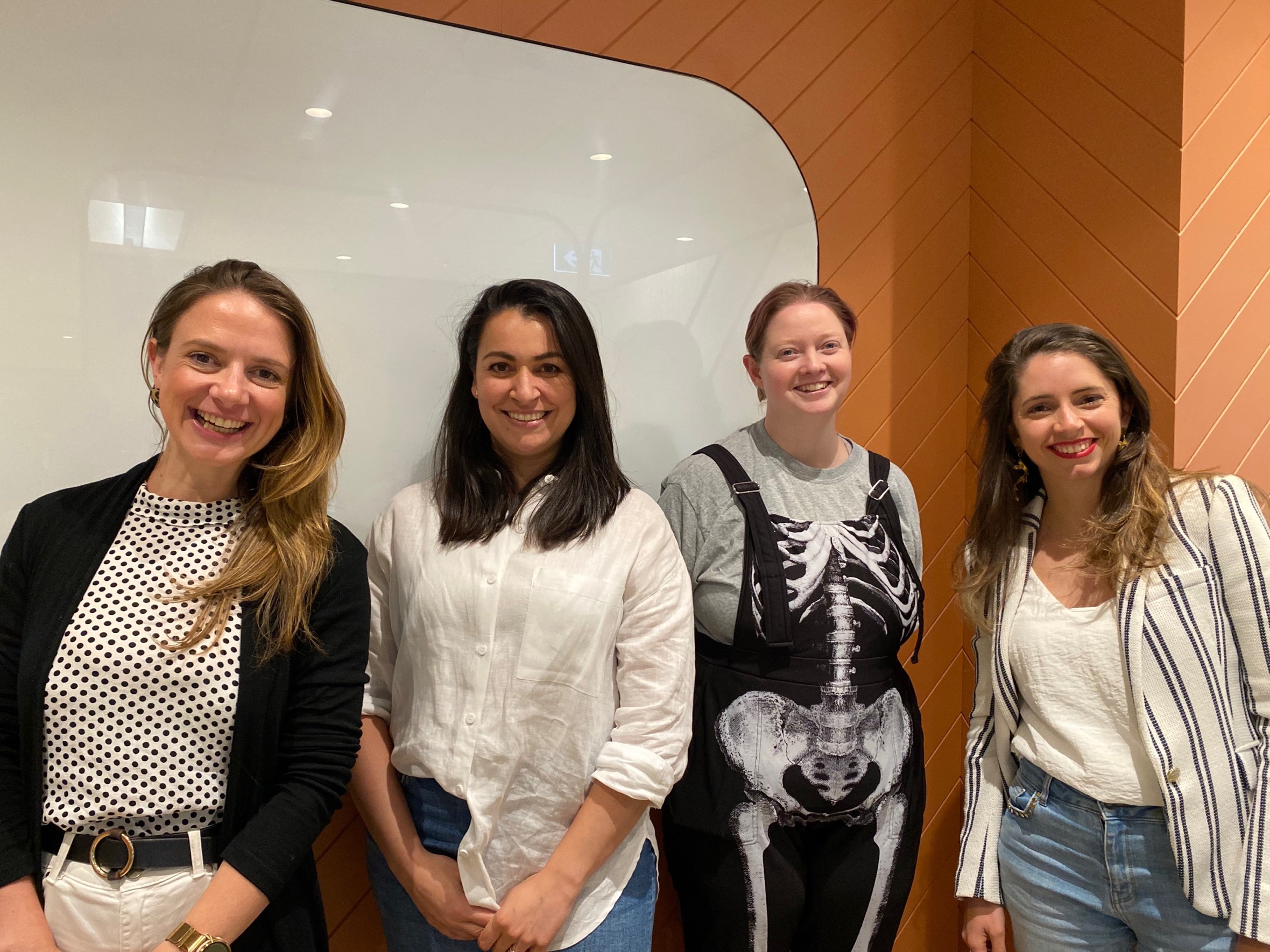Bringing it all together – the bigger picture


Understanding the problem. Designing impactful solutions. Making it stick. Having one or two is good, but bringing all three elements together is where the magic happens. It requires thought and planning, but with all three, your initiatives will really make a difference.
Understanding the problem,
Designing impactful solutions,
And making it stick
It’s easy to say, but we know it’s not often easy to do in practice.
Where we see sustainable change is in that sweet spot when all three things come together. Now I could draw you a corny diagram that shows the intersection, but I know you’re smart enough to get the point. Having one or two is good, but bringing all three elements together is where the magic happens.
Why does doing all these things combined make a difference? Our team were talking the other day about times when things haven’t quite gone to plan, why not, and quick fixes that make a big difference.
Have you been in workshops in which, when you start to deep dive, you find out that there’s no problem to be solved? We have! A strategy has been developed, a roadmap has been drawn and a list of initiatives has been created, but the alignment back to the member/client, organisational, or people goals is missing. It’s a project for project’s sake.
• A roadmap of initiatives is only effective if they solve real problems for your members/clients, people, or organisation
• Map it out, Find the why of the initiative. Draw links that show how each initiative solves a problem and links back to your strategy and helps you deliver your purpose. This will also help you to communicate it to others
We have worked with clients who have gone out and done amazing research into their customers and members, gaining great insights into what the issues are – however, internal politics got in the way and nothing happened with the data, making it meaningless for them and their customers.
• Understanding the problem is only useful if you use it to help you design
• Before you start engaging your team, work out what you are going to do with the information once it is found and set up plans and support early for action
We have all been in workshops where we are asked to design a new experience or solve the problems of an existing one, but the only people in the room are internal. Internal people who are giving their best knowledge of their user’s pain, but they are only assumptions. A great solution may be designed and built but its success is all risk without appropriate insights.
• Designing a solution is more valuable (and less risky) when you engage actual users to help really understand the problem
• Before you begin, work out whom you can talk to, what are your limits, whether that is budget or access to people, and then design your process accordingly. If you can’t get your clients involved early, then work out how you can test rapidly to enable failing fast
We have all seen beautiful service blueprints, but they lack the detail of actual implementation – to embed it, you need to understand the detail. This will take time, you need to understand the process, people and capabilities that are required to deliver. Without it, you have great wall art!
• Blue sky thinking is great but to make change in your organisation you are going to need to understand the way it works and why it works that way
• You need the detailed design and a roadmap to get there, get different teams involved to understand what is going and how you can make it successful in your unique organisation
And finally, we have all experienced projects that try and support the change when the initiatives are about to go live, it often ends in failed adoption, where reports aren’t used, new systems are abandoned because they don’t act the same as the old ones. To truly embed a change, we need to start when we kick off, working with and co-designing, where possible, with our people and clients.
• Change management is great, but not when it’s only started at the end of the project lifecycle
• Make your change stick but starting early and engaging often, keep your people involved. Think of change as more than just comms, impact assessments and training. Let them design where they are heading.
Bringing all these elements together can be simple. It needs thought and planning, but when you bring together these core three elements (understanding the problem, designing impactful solutions, and making it stick), your initiatives will really make a difference to your people, your clients or members, and your organisation.
At Three6, we will help you deliver sustainable change using our core methodology involving these three elements. Get in touch today to ask us how. Email us at hello@three6.com.au or use the contact form below.
